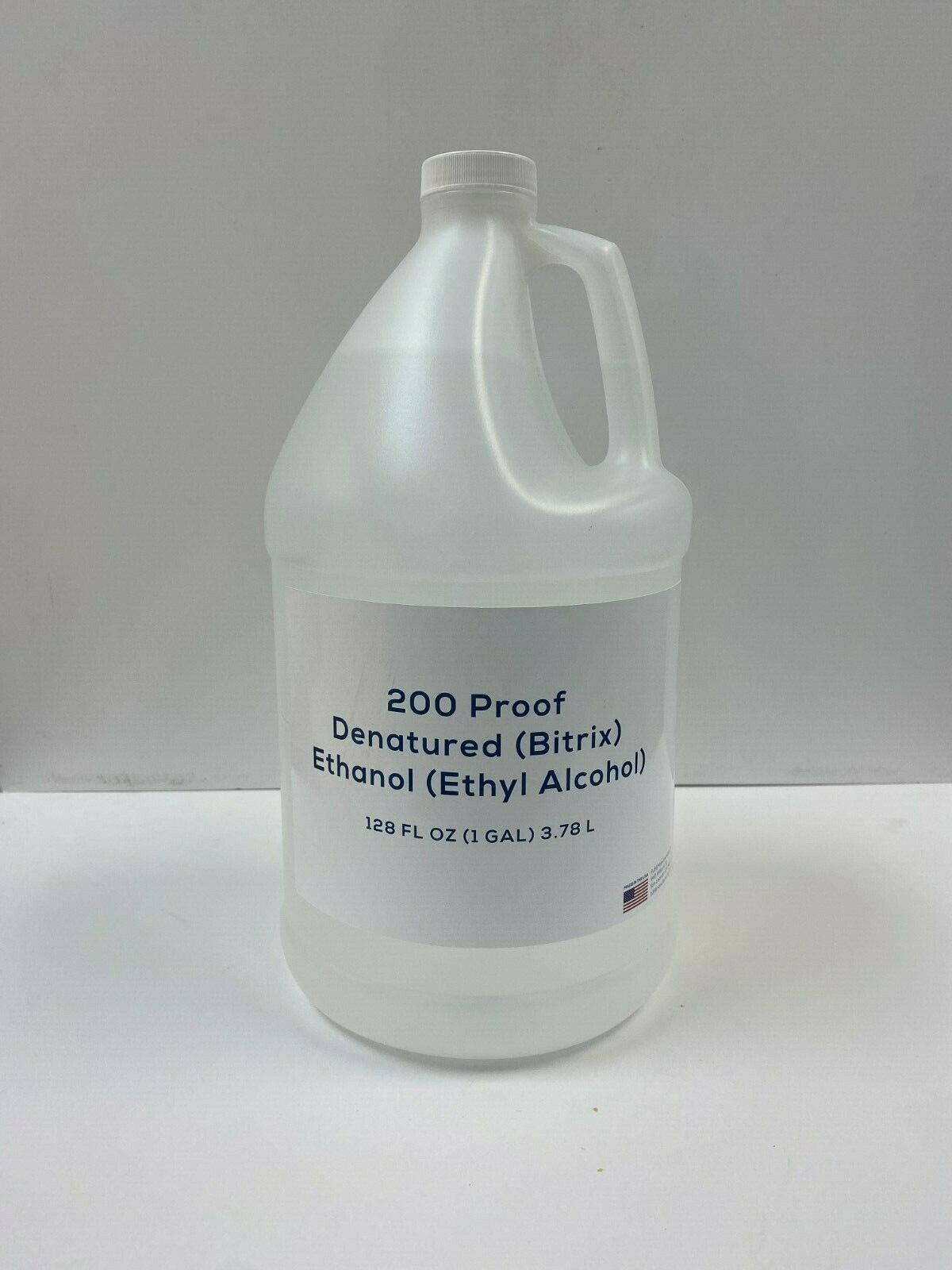-40%
Cyanotype Kit 100g, Ferric Ammonium Citrate, Potassium Ferricyanide
$ 14.73
- Description
- Size Guide
Description
Cyanotype Kit 100g ,Ferric Ammonium Citrate,
Potassium Ferricyanide
Potassium Ferricyanide appears as bright red, lustrous crystals. Soluble in water, slightly in alcohol. Uses include, cyanotyping, production of pigments,, laboratory reagents and electroplating. The compound itself has low toxicity but decomposes on strong heating to evolve highly toxic fumes.
Chemical Grade:
Lab
Formula:
K
3
Fe(CN)
6
CAS:
13746-66-2
Ferric Ammonium Citrate is a greenish yellow powder and is odorless or has a slight ammonia odor. Saline, mildly ferruginous taste; affected by light and is soluble in water. It is a complex salt of undetermined structure composed of iron, ammonia and citric acid.
Used in blueprint photography (cyanotype). Also as a treatment for iron chlorosis (iron deficiency) in trees.
Chemical Grade:
Purified, Photographic.
CAS:
1185-57-5
The Cyanotype Process
The cyanotype process was one of the first non-silver technologies used to create
photographic images
. Originated in the 1840's, it was not utilized in mainstream photography and was adopted as a copying technique, becoming known by the term "blueprint", with its blue background reproductions of large architectural and mechanical drawings.
To begin the process, two solutions are prepared for the two-part sensitizing process. Material sensitized with the solution is then printed by ultraviolet light.
Variations of the original formula involve different ratios of the following chemicals:
(1)
Potassium ferricyanide
and (2)
Ferric ammonium citrate
(green)
.
Too much potassium ferricyanide in the solution will lower printing speed; too little may cause the blue color to bleed into the lighter areas. Basically equal volumes of the two solutions are used.
Below are several more commonly used cyanotype recipes. The chemical names are linked to prices, information, and online ordering. Use appropriate safety measures throughout the process.
Solutions may be stored for several months in amber glass bottles.
Recipe #1:
This is the original created by John Herschel in 1842.
Solution A:
Ferric Ammonium Citrate 200 gm.
Distilled Water to make 1000 ml.
Solution B:
Potassium Ferricyanide 160 gm.
Distilled Water to make 1000 ml.
Recipe #2:
Variation using more concentrated solutions.
Solution A:
Ferric ammonium citrate 360 gm.
Distilled Water to make 1000 ml.
Solution B:
Potassium ferricyanide 200 gm.
Distilled Water to make 1000 ml.
Recipe #3:
A modern variation.
Solution A:
Ferric ammonium citrate 272 gm.
Oxalic Acid 5 gm.
Distilled Water to make 1000 ml.
Solution B:
Potassium ferricyanide 92 gm.
Oxalic Acid 5gm
Ammonium Dichromate 2 gm.
Distilled Water to make 1000 ml.
PROCEDURE FOR PRINTING
Work Area
A fully prepared work area should be organized before the sensitizing procedure begins. A light-safe area is best for sensitizing the fabric, paper, etc. For drying, establish a drying area in a totally dark room.
Method
Mix Stock Solutions
Combine equal amounts of solutions A and B from one of the above recipes.
Sensitize surface
Soak paper or fabric in a tray of combined solutions or apply with a brush. Be sure to make some test strips for later use in testing exposure times.
Dry coated material
Dry away from light. A clothesline can be hung over an old tub or layers of newspapers to catch drips. A hair drier or fan can be employed to shorten drying time. Dry coating should be bright yellow.
Printing
Cyanotype is a negative process - areas where light does not hit sensitized material will remain white. Contact print by placing negative on your sensitized material. Expose to strong sunlight or UV light until the high values are a little too dark and the shadows have begun to reverse. You can use test strips to test light to determine best exposure time.
Washing and Developing
Wash in running water until yellow residue is gone from nonexposed areas. The print will still be a weak, silvery blue. As it dries it will oxidize and turn blue.
Intensification (Optional)
To brighten highlights and more fully develop the blue image, bathe the cyanotype print with a weak solution of household bleach and water (1/32) or 3% hydrogen peroxide. After about a minute in the intensifier bath, remove print and wash in plain water again for 20 to 30 minutes.
Drying
Dry finished print. Image will generally appear darker when it is dry.
Van Dyke Brown Photographic Process
The Van Dyke process is a basic silver salt emulsion, is nicely stable, is easily applicable to many different surfaces and produces a nice deep brown color.
Chemicals Needed
Ferric ammonium citrate 90 gm
Tartaric Acid 15 gm
Silver Nitrate 37.5 gm
Distilled Water 1000 ml (32 oz.)
Method
Mix Stock Solutions
Mix each of the chemicals separately in 250 ml of distilled water. Combine ferric ammonium citrate and tartaric acid solutions and then slowly add the silver nitrate solution. Add distilled water to make 1000 ml (32 oz.) of solution. Store in amber bottle away from light. NOTE: Wear rubber gloves during mixing as silver nitrate can cause burns and penetrate the skin.
Sensitize surface
Paper or organic fabric such as cotton, linen or silk can be dipped in the stock solution or brushed on to coat as evenly as possible.
Dry coated material
Hang to dry. Hair dryer can be used.
Exposure
Contact print: 20 or more minutes under UV fluorescents; 10 to 15 minutes in sunlight; approximately 30 minutes with photo floodlights. Cloth needs approximately 50% more exposure time.
Washing
After exposure, wash for about five minutes in running water. More absorbent cloth or paper needs to be washed longer to avoid developing stains.
Fix
Now immerse print briefly in tray of water with small amount of regular photo paper fixer. One part fixer to 20 parts water. This will change image color to dark brown.
Final Wash
Wash about 15 minutes.
Dry
The print will darken as it dries.









